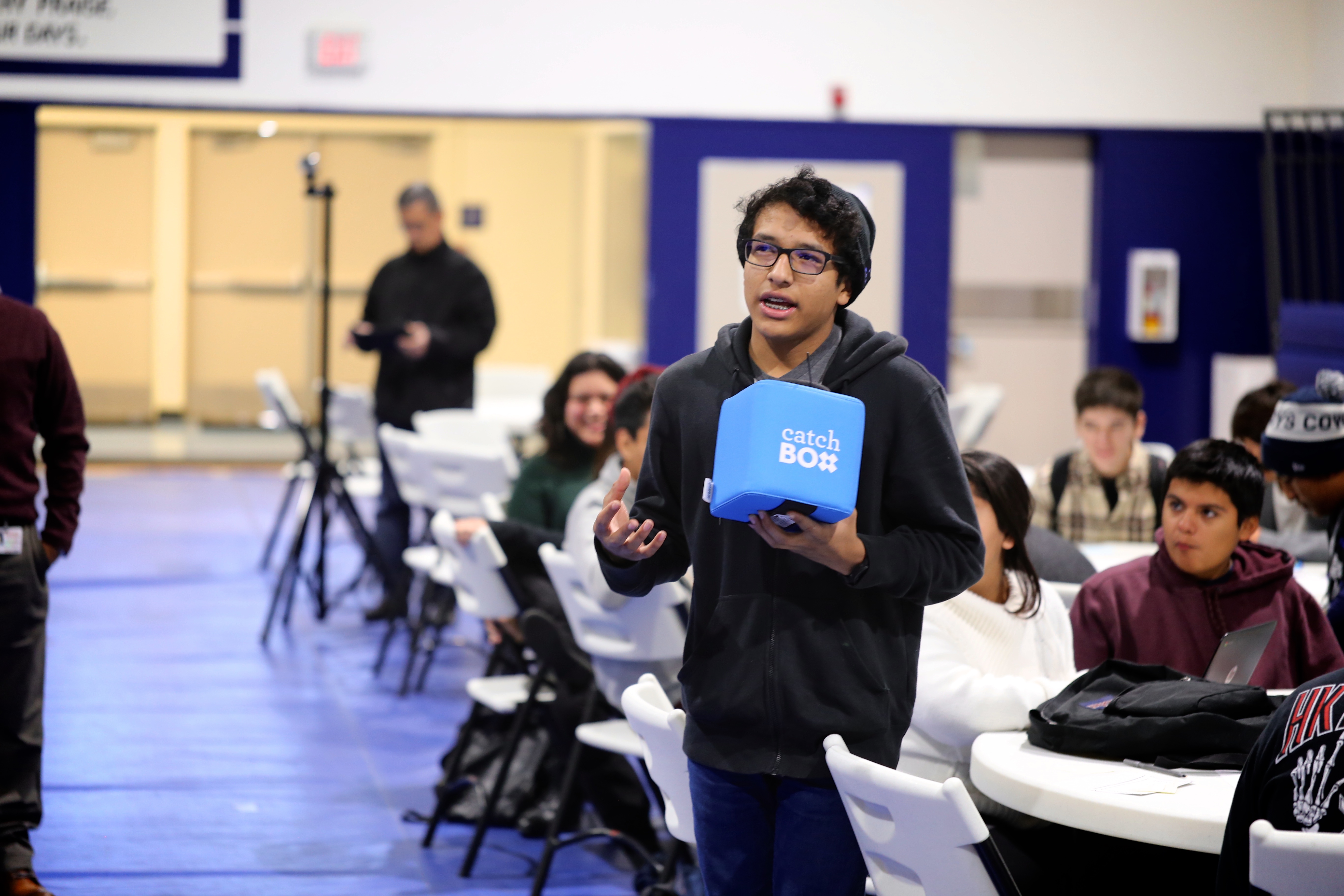
When I flew in to interview for my job with Santa Ana Unified, I stopped to pick up a rental car. The attendant at the desk asked me why I was in town. I responded that I was an educator interviewing with Santa Ana Unified. She responded flatly. “That must be tough.” Of course I was still an outsider to Orange County, and I was taken back that a complete stranger would offer up such a dismissive statement about an entire community. Indeed, it comes to many as a shock that in the midst of the wealth of Orange County, California, there exists a school district and community of over 50,000 students where over 90% of students live in poverty. From an outside lens, Santa Ana is hardly mentioned. Invisible. To the OC resident, it’s dismissed. Rejected.
Public perceptions and expectations matter, and changing the narrative about Santa Ana students and schools defines my work. It is a struggle I take up every day. Every day I attempt to provoke people enough to consider, if even for a moment, that what they assume about Santa Ana and our youth is far from adequate in describing the collective talent, passion, and potential of our community.
Back in September, when I first heard about the XQ super school competition, it seemed like a natural fit for our district priorities to move towards personalized, competency-based learning. Certainly our efforts to transform to a portfolio of schools model wouldn’t be hurt by the addition of an XQ Super School. It also spoke to my belief that “traditional” school districts have the capacity and vision to do radically transformational work that significantly accelerates student learning. Ten million dollars certainly wouldn’t hurt.
Then we started to meet with students.
When we handed the mic over to students and stopped talking long enough to listen, a different school design narrative started to take shape. It wasn’t that our adult motivations for building a Super School weren’t accurate or even admirable. Our purpose simply didn’t capture enough of the passion, urgency, anger, and hope that we heard from our students.
“Don’t underestimate us”
“Don’t give up on me. Give me confidence”
“Trust us more”
“I AM AS EQUAL AS YOU ARE.”
You see, I think our kids in Santa Ana have internalized the marginalization and invisibility that is projected upon them. Yet just underneath the surface our kids are screaming for opportunity. The amount of untapped potential, underutilized ability, and unrealized ambition is as deeply impressive as it is deeply tragic. When you figure out how to unlock what a community like Santa Ana has to offer, you begin to unravel the puzzle of what the next generation of education must look like in America.
Over the past six months our design team has been increasingly fueled by a sense that what we have to offer as a community can and will spark a larger movement and conversation about what high school means in an increasingly complex, diverse world. Our kids want this. Our community wants this. We’re ready for this.

